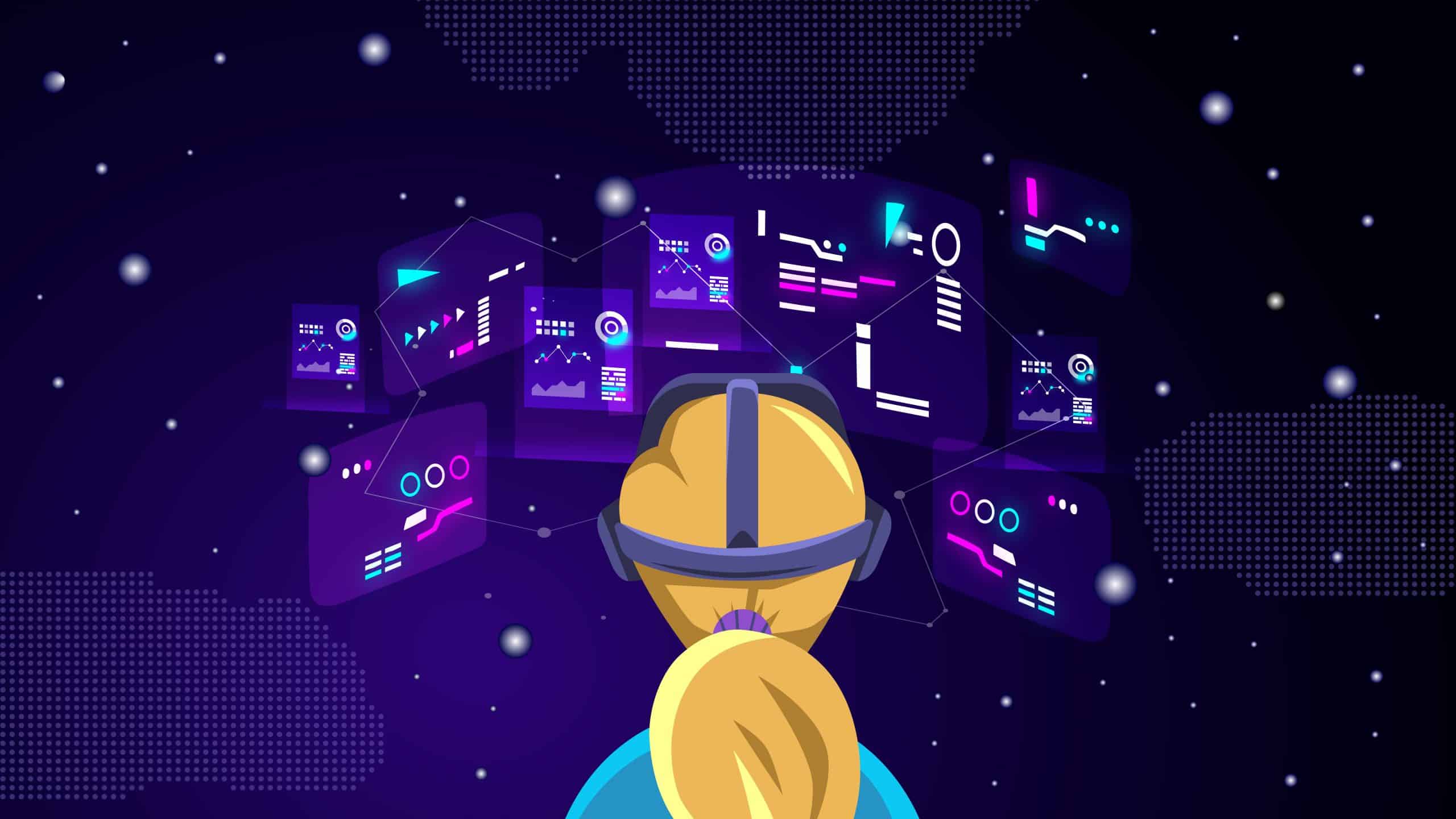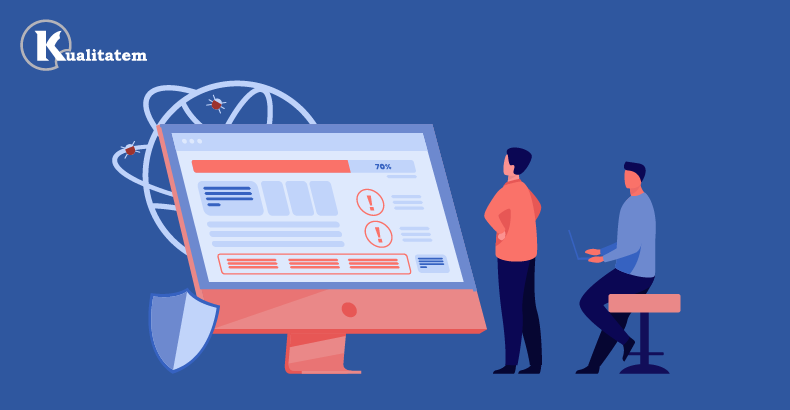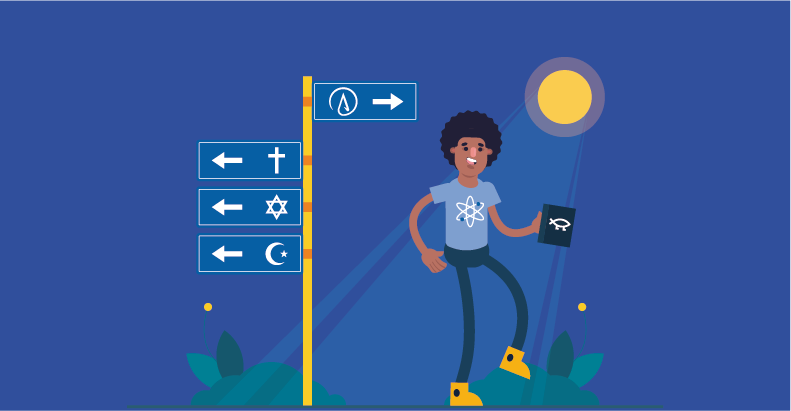Behind the Headset: The Critical Role of VR Testing

- May 12, 2023
- admin
With the release of next generation virtual reality technology in the 2010s, it changed and revolutionized digital content. It became popular and widely used across multiple industries such as gaming, health, tourism etc. It provides a realistic experience to users who use it for gaming purposes and also for virtual tours. However, to make sure that the user has the best and most seamless experience using VR, an important process plays a critical role, which is known as VR testing.
In this article, we will discuss what VR testing is, its types, and the important role it plays in the world of virtual reality.
What is VR Testing?
With the help of virtual reality testing, the user experience is made better by identifying and resolving any potential issues. In the process of VR testing, we validate the following:
- Functionality
- Performance
- Usability
Along with this, it also makes sure that the VR applications are working fine across all devices and platforms.
The Role of VR Testing in Ensuring User Experience
The primary goal of VR testing is to identify bugs and issues in the application to make sure that the user experience is of high quality. With the help of thorough testing done by the testers and developers, the following can be assured:
Ensuring Functionality and Performance
If there is any lag in the application or the functionality is not functioning as it is supposed to, this will hinder the user’s experience. To make sure this does not happen, we perform functional testing. In functional testing, we test all the functionality of the application and make sure that it is working according to the user’s requirements. On the other hand, to make sure there are no lags in the application, such as the loading of the environment in virtual reality or the time taken for the response after the action is taken, we perform performance testing.
Fixing Bugs and Glitches
Like any other software application in the world, no application is free of bugs and issues, even after the careful process of development. The same goes for the VR applications. To make sure that the application is bug free and without any glitches, we use VR testing. Through rigorous VR testing, we make sure the following are bug free:
- Graphical artifacts
- Collision detection problems
- Inconsistencies in physics simulations
By resolving these issues, they can provide users with a seamless virtual reality experience.
Enhancing Immersion and Realism
Since the release of VR in the 2010s, developers and stakeholders have made sure to make the VR applications as real as possible. The success of the VR application really depends on how real the experience is. The realism does not only depend on the graphics alone; sound and haptic feedback are also important parts of this experience. Attention to detail is required to make sure the application experience is as real as possible. It can be achieved by testing the following:
- Graphics quality
- Sound design
- Spatial audio
- Haptic feedback
Types of VR Testing
To evaluate a VR application, different types of testing are performed. These types include the following:
Functional Testing
Functional testing is performed to verify and validate that all the features are working as intended and are according to the user’s requirements. It involves testing the following:
- User interactions
- Menus
- In-game mechanics
- Other basic functionalities
Functional testing is essential to identify any issues that may hinder the usability or functionality of the VR application.
Virtual Reality Performance Testing
With the help of performance testing, we can make sure about the following:
- Responsiveness
- Frame rate
- Overall performance
The main goal of performance testing is to optimize the performance of the application and increase the user experience by removing any bottlenecks that could lead to lag or stuttering.
Compatibility Testing
The role of compatibility testing in the world of virtual reality is to make sure that the application is working perfectly fine on the following:
- Different VR platforms
- Devices
- Operating systems
With the help of this testing, we make sure that the hardware is compatible, the resolution is supported, the controllers are compatible, and other requirements for specific devices are met. Compatibility testing guarantees that users can enjoy the VR experience on their preferred devices without encountering any technical limitations.
Usability Testing
As the name suggests, usability testing focuses on making sure that the application is user friendly and easy to use. In usability testing, a test group of users is created, an application is tested in a real environment, and the following data is collected:
- Assessing their interactions
- Comfort levels
- Overall satisfaction
This helps identify any user experience issues, design flaws, or navigation challenges.
Best Practices for VR Testing
Here are some of the best practices in VR testing that should be followed for optimum results:
Test case Design and Execution
The most important part of VR testing is that the test cases that are written by the testers should be comprehensive and cover all the possibilities. These test cases should include a range of scenarios and user interactions to ensure thorough testing. Testers can find issues and validate the application’s functionality, performance, and user experience with the help of well written test cases and their execution.
Emphasizing User Feedback
The overall experience of the application can be improved and made more user centric with the help of user feedback. In the agile methodology of software development, developers and testers are encouraged to actively seek feedback from users to gain insights into their expectations. With the help of this feedback, we can identify the following:
- Areas of improvement
- Unanticipated issues
- Suggestions for enhancing the VR application
Ensuring Hardware Compatibility
VR applications rely on a variety of hardware devices, such as:
- Headsets
- Controllers
- Sensors
By validating compatibility, testers can make sure that users will enjoy the VR experience seamlessly on a wide range of devices.
Continuous Testing and Iteration
The world of technology is really fast, and so are the demands of its users. Due to this, VR technology is constantly evolving. Regular testing throughout the development lifecycle helps identify issues early, implement necessary changes, and refine the VR application based on user feedback. Continuous testing throughout the development phase is also cost effective.
VR Testing Tools and Technologies
As VR technology is improving every day, its testing is also becoming more difficult, so here are some tools and technologies that are available to support VR testing:
Hardware Testing Tools
As mentioned before, hardware plays an important role in the VR world. So hardware testing makes sure the application is compatible with the devices. With the help of hardware testing, we can test the following:
- Frame rates
- Latency
- Positional tracking accuracy
- Other hardware specific metrics
Software Testing Tools
Software testing tools help testers make sure that the functionality and performance of VR applications are according to user expectations. These tools include:
- Automated testing frameworks
- Debugging tools
- Performance monitoring software
They assist in identifying and resolving software issues, such as:
- Crashes
- Memory leaks
- Performance bottlenecks
By leveraging software testing tools, testers can streamline the testing process.
VR Testing: A Critical Role
VR testing plays a critical role in delivering high quality experiences to VR users. By addressing functionality, performance, and user experience aspects, VR testers contribute to the development of VR applications that engage users. Thorough testing and the use of appropriate testing tools and methodologies are essential to overcome challenges and deliver exceptional VR experiences.











